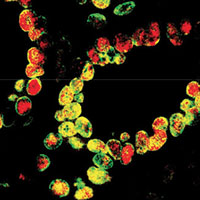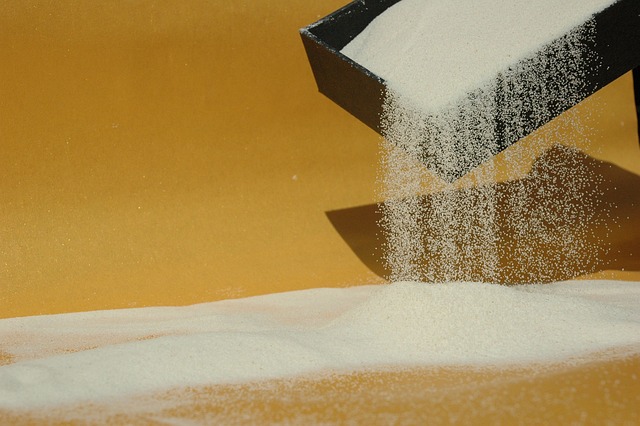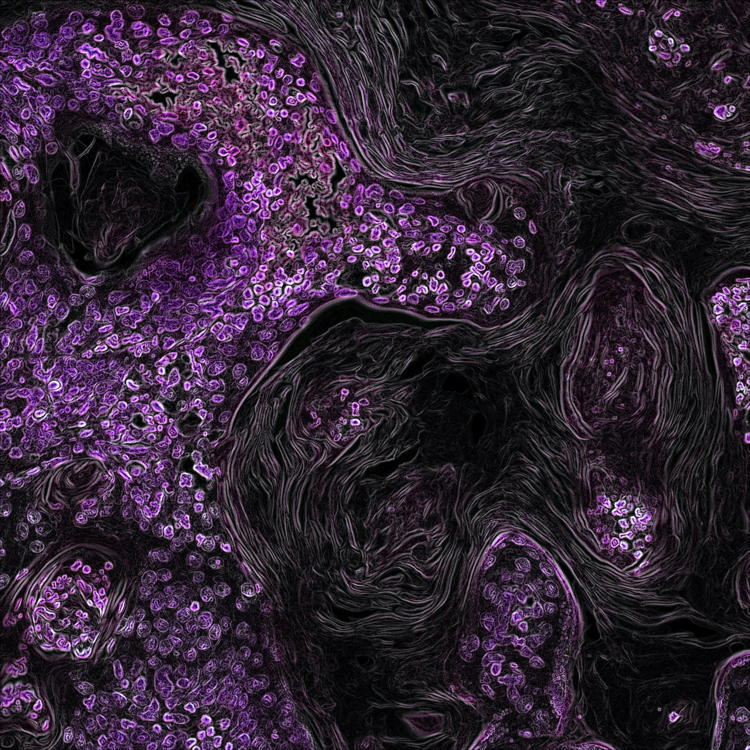Peribiliary gland damage due to liver transplantation involves peribiliary vascular plexus and vascular endothelial growth factor

Submitted: 7 March 2019
Accepted: 23 April 2019
Published: 10 May 2019
Accepted: 23 April 2019
Abstract Views: 1842
PDF: 622
Supplementary: 0
HTML: 8
Supplementary: 0
HTML: 8
Publisher's note
All claims expressed in this article are solely those of the authors and do not necessarily represent those of their affiliated organizations, or those of the publisher, the editors and the reviewers. Any product that may be evaluated in this article or claim that may be made by its manufacturer is not guaranteed or endorsed by the publisher.
All claims expressed in this article are solely those of the authors and do not necessarily represent those of their affiliated organizations, or those of the publisher, the editors and the reviewers. Any product that may be evaluated in this article or claim that may be made by its manufacturer is not guaranteed or endorsed by the publisher.
Similar Articles
- E. Tarantola, V. Bertone, G. Milanesi, E. Capelli, A. Ferrigno, D. Neri, M. Vairetti, S. Barni, I. Freitas, Dipeptidylpeptidase-ÂIV, a key enzyme for the degradation of incretins and neuropeptides: activity and expression in the liver of lean and obese rats , European Journal of Histochemistry: Vol. 56 No. 4 (2012)
- V. Bertone, E. Tarantola, A. Ferrigno, E. Gringeri, S. Barni, M. Vairetti, I. Freitas, Altered alkaline phosphatase activity in obese Zucker rats liver respect to lean Zucker and Wistar rats discussed in terms of all putative roles ascribed to the enzyme , European Journal of Histochemistry: Vol. 55 No. 1 (2011)
- Matias Garrido, Camila Escobar, Constanza Zamora, Carolina Rejas, Juan Varas, Mario Párraga, Sebastián San Martin, Sandra Montedonico, Bile duct ligature in young rats: A revisited animal model for biliary atresia , European Journal of Histochemistry: Vol. 61 No. 3 (2017)
- E. Tarantola, V. Bertone, G. Milanesi, C. Gruppi, A. Ferrigno, M. Vairetti, S. Barni, I. Freitas, Dipeptidylpeptidase-IV activity and expression reveal decreased damage to the intrahepatic biliary tree in fatty livers submitted to subnormothermic machine-perfusion respect to conventional cold storage , European Journal of Histochemistry: Vol. 58 No. 3 (2014)
- Simone Carotti, Giuseppe Perrone, Michelina Amato, Umberto Vespasiani Gentilucci, Daniela Righi, Maria Francesconi, Claudio Pellegrini, Francesca Zalfa, Maria Zingariello, Antonio Picardi, Andrea Onetti Muda, Sergio Morini, Reelin expression in human liver of patients with chronic hepatitis C infection , European Journal of Histochemistry: Vol. 61 No. 1 (2017)
- Claudia Frick, Hanna Luisa Martin, Johanna Bruder, Kerstin Lang, Heinz Breer, Topographic distribution pattern of morphologically different G cells in the murine antral mucosa , European Journal of Histochemistry: Vol. 61 No. 3 (2017)
- Tadashi Yasui, Kenya Miyata, Chie Nakatsuka, Azuma Tsukise, Hiroshi Gomi, Morphological and histochemical characterization of the secretory epithelium in the canine lacrimal gland , European Journal of Histochemistry: Vol. 65 No. 4 (2021)
- Xilin Ge, Caoxin Huang, Wenting Chen, Chen Yang, Wenfang Huang, Jia Li, Shuyu Yang, Effect of Danggui Buxue decoction on hypoxia-induced injury of retinal Müller cells in vitro , European Journal of Histochemistry: Vol. 68 No. 4 (2024)
- S. Strobel, J.A. Encarnação, N.I. Becker, T.E. Trenczek, Histological and histochemical analysis of the gastrointestinal tract of the common pipistrelle bat (Pipistrellus pipistrellus) , European Journal of Histochemistry: Vol. 59 No. 2 (2015)
- S. Huang, S. Guo, F. Guo, Q. Yang, X. Xiao, M. Murata, S. Ohnishi, S. Kawanishi, N. Ma, CD44v6 expression in human skin keratinocytes as a possible mechanism for carcinogenesis associated with chronic arsenic exposure , European Journal of Histochemistry: Vol. 57 No. 1 (2013)
You may also start an advanced similarity search for this article.
Publication Facts
Metric
This article
Other articles
Peer reviewers
3
2.4
Reviewer profiles N/A
Author statements
Author statements
This article
Other articles
Data availability
N/A
16%
External funding
N/A
32%
Competing interests
N/A
11%
Metric
This journal
Other journals
Articles accepted
57%
33%
Days to publication
63
145
- Academic society
- N/A
- Publisher
- PAGEPress Publications, Pavia, Italy

 https://doi.org/10.4081/ejh.2019.3022
https://doi.org/10.4081/ejh.2019.3022











